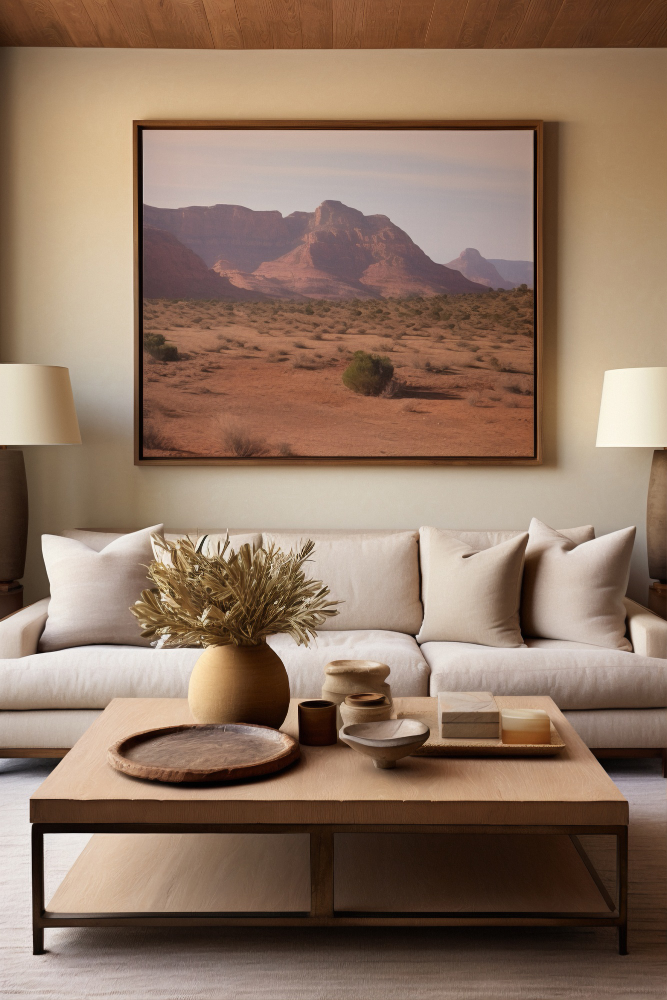
Dental clinics.
A well-designed dental clinic interior plays a vital role in creating a welcoming and calming environment for patients, while ensuring that the space remains functional, hygienic, and efficient for dental professionals. The layout, furniture, lighting, and overall aesthetic need to be thoughtfully planned to reflect professionalism and comfort. Here’s a detailed description of the key elements that contribute to an effective and appealing dental clinic interior:
1. Reception Area
The reception area is the first point of contact for patients and sets the tone for the overall experience.
• Design Elements:
- Reception Desk: The reception desk should be the focal point, featuring a clean and modern design. It should be functional, with enough space for the receptionist to manage appointments, paperwork, and patient queries, while keeping clutter hidden.
- Seating Area: Comfortable seating is crucial. Chairs should be ergonomically designed and placed with enough spacing to provide comfort and privacy. Sofas or chairs with soft upholstery in calming colors are often used.
- Lighting: Soft, ambient lighting helps create a soothing atmosphere. Natural light, if possible, should be maximized to make the area feel bright and open.
- Wall Decor: Art, plants, or neutral artwork on the walls adds warmth and interest. The use of light, neutral colors like soft blues, greens, or pastels can create a calming effect.
• Materials:
- Flooring: The reception area flooring should be durable and easy to clean, with materials like vinyl, laminate, or tile. The flooring should seamlessly transition into the clinical areas.
- Reception Desk Finish: Materials like wood veneer, stone, or solid surface tops for the desk convey professionalism and elegance.
2. Waiting Area
The waiting area should offer a relaxing, stress-free environment where patients can feel comfortable before their appointment.
• Seating: In addition to comfortable chairs, the waiting area may include a variety of seating options like sofas, lounge chairs, or modular seating to accommodate individuals, couples, or families.
• Entertainment: Magazines, books, or a television displaying educational content or calming visuals can help distract patients and reduce anxiety. Digital screens can also be used to share dental health tips or clinic information.
• Kids’ Corner: If the clinic serves pediatric patients, a dedicated play area with toys, books, and child-sized furniture is a thoughtful addition.
• Decor and Ambiance: Indoor plants, modern artwork, and calming color schemes (light pastels, neutral tones) help create a serene environment.
3. Consultation and Treatment Rooms
The treatment rooms are the core functional areas of the dental clinic, and their design must prioritize hygiene, ergonomics, and comfort.
• Layout:
- Dental Chair Positioning: The dental chair should be placed centrally, with ample space around it for the dentist, assistant, and equipment. The layout should allow for easy movement and quick access to tools and storage.
- Storage Solutions: Built-in cabinets and shelving units keep equipment and supplies organized and easily accessible, reducing clutter and enhancing efficiency.
- Privacy: Each treatment room should ensure patient privacy, either through walls, partitions, or glass dividers with frosted panels.
• Materials and Finishes:
- Hygienic Surfaces: All surfaces in the treatment area, including countertops and floors, should be easy to clean and disinfect. Materials like stainless steel, high-quality laminate, or solid surfaces are ideal for countertops, while seamless flooring like vinyl or epoxy ensures a sterile environment.
- Comfortable Seating: The dental chair should be ergonomic, offering comfort to the patient during treatment. Modern designs often include adjustable features and soft upholstery.
- Lighting: Bright, task-oriented lighting is essential over the dental chair to ensure the dentist can see clearly while working. Adjustable dental lights, in addition to overhead LED lights, provide precise illumination.
- Ventilation and Air Quality: A well-ventilated space with air filtration systems is crucial to maintain a fresh and sterile environment.
4. Sterilization Area
The sterilization area is one of the most critical parts of the dental clinic, ensuring all instruments are properly cleaned and disinfected.
• Layout: The space should be divided into separate areas for clean and dirty instruments, with clear workflows to prevent cross-contamination.
• Storage: Cabinets, shelving, and drawers should be built-in, offering organized storage for sterilized instruments.
• Materials: Stainless steel surfaces are commonly used in the sterilization area due to their durability and ease of cleaning.
5. Consultation Rooms
A separate consultation room may be included for discussing treatments or patient concerns in private.
• Design:
- Desk and Chairs: A comfortable desk and chairs for both the dentist and patient create a professional yet approachable atmosphere. The space should feel calm and welcoming.
- Digital Displays: A computer or screen can be installed for visual aids when explaining procedures or treatment plans.
- Privacy: Ensuring confidentiality is important, so soundproofing and visual privacy should be considered in the design.
6. Office and Administrative Areas
Behind-the-scenes, the administrative office needs to function smoothly for managing the clinic’s daily operations.
• Layout: The space should accommodate desks, computers, filing cabinets, and other necessary equipment, organized to optimize workflow.
• Storage: Adequate filing cabinets or digital storage solutions for patient records, invoices, and administrative documents are essential.
• Ergonomic Design: Office chairs, desks, and computers should be ergonomically designed to support the staff’s comfort during long working hours.
7. Restrooms
Patient restrooms should be easily accessible, clean, and equipped with modern amenities.
• Design:
- Accessibility: Restrooms should be wheelchair accessible, with enough space and appropriate handrails installed.
- Finishes: Non-slip flooring, easy-to-clean surfaces, and sleek, modern fixtures should be used. Neutral or soft tones with modern lighting can make the space more inviting.
- Hygiene: Automatic faucets, soap dispensers, and hand dryers contribute to maintaining hygiene.
8. Lighting
Proper lighting is essential throughout the clinic, influencing both functionality and ambiance.
• Task Lighting: Bright, focused lighting is essential in treatment areas, especially over dental chairs, where precision is key.
• Ambient Lighting: Soft, ambient lighting in the reception, waiting areas, and consultation rooms helps create a calm and welcoming environment.
• Natural Light: Incorporating as much natural light as possible into the clinic design can improve the overall mood and reduce patient anxiety.
9. Color Scheme
The color scheme of a dental clinic should inspire calmness and confidence while maintaining a clean, professional look.
• Neutral Colors: White, beige, light gray, or pastel shades are commonly used to create a sense of cleanliness and calm.
• Accents: Accent walls or decor in soft blues, greens, or other muted tones can add interest without overwhelming the space.
• Consistency: The color scheme should be consistent throughout the clinic to create a cohesive look, from the waiting area to the treatment rooms.
The interior design of a dental clinic must balance aesthetics, comfort, and functionality. From the reception area to the treatment rooms, every space should be thoughtfully designed to create a welcoming atmosphere for patients while ensuring that the clinic runs efficiently. By incorporating clean, modern design elements, functional furniture, hygienic materials, and proper lighting, a dental clinic can provide a pleasant and professional environment that instills confidence in patients and promotes the well-being of both patients and staff


